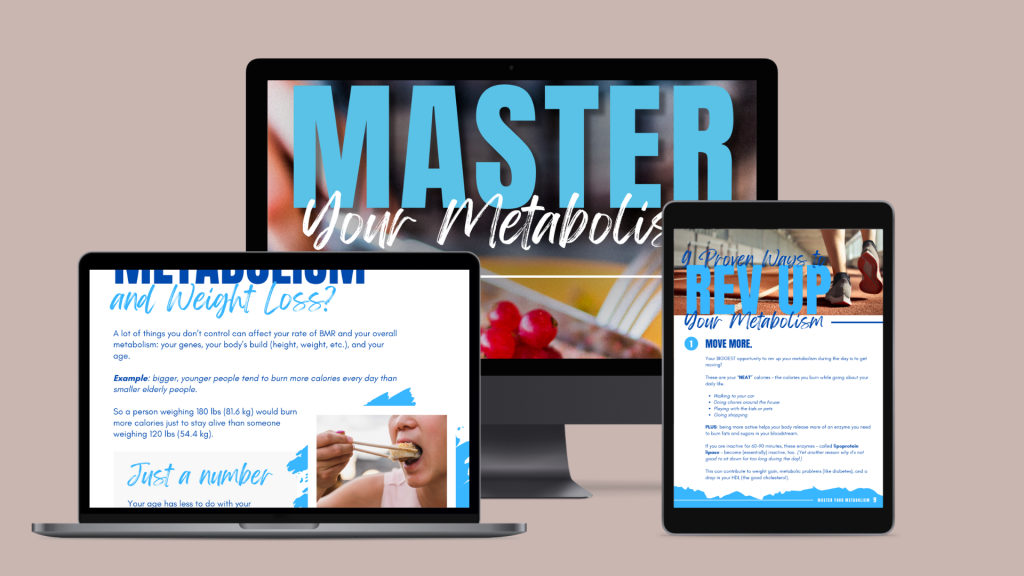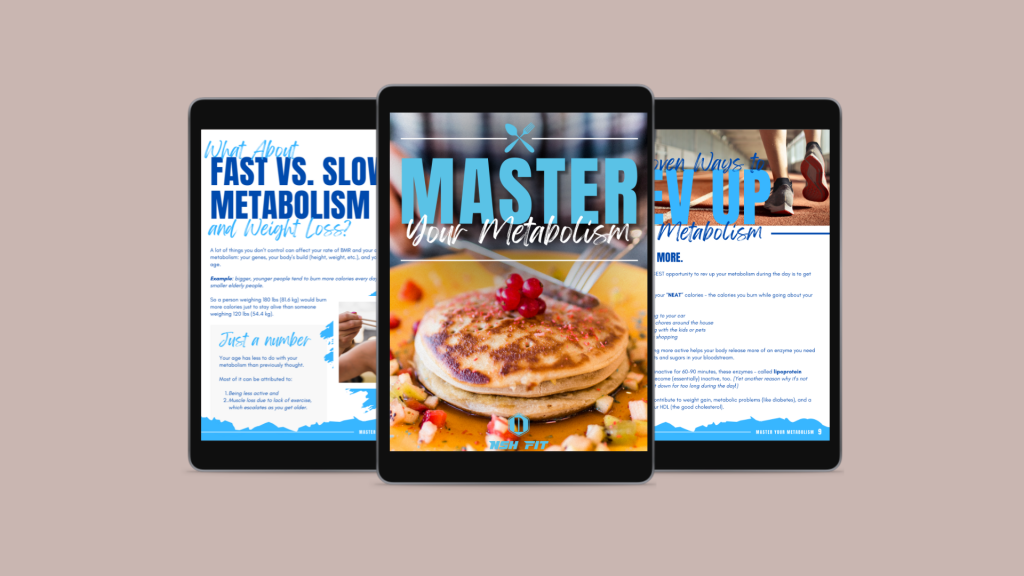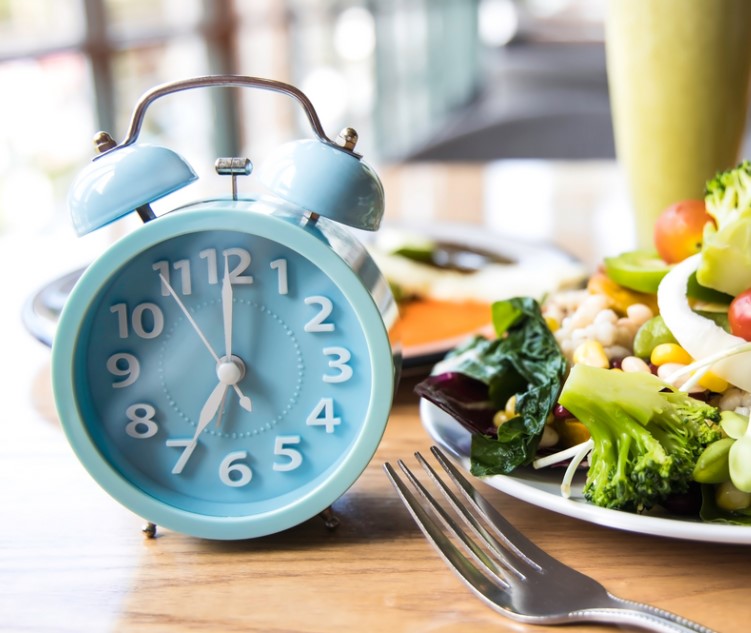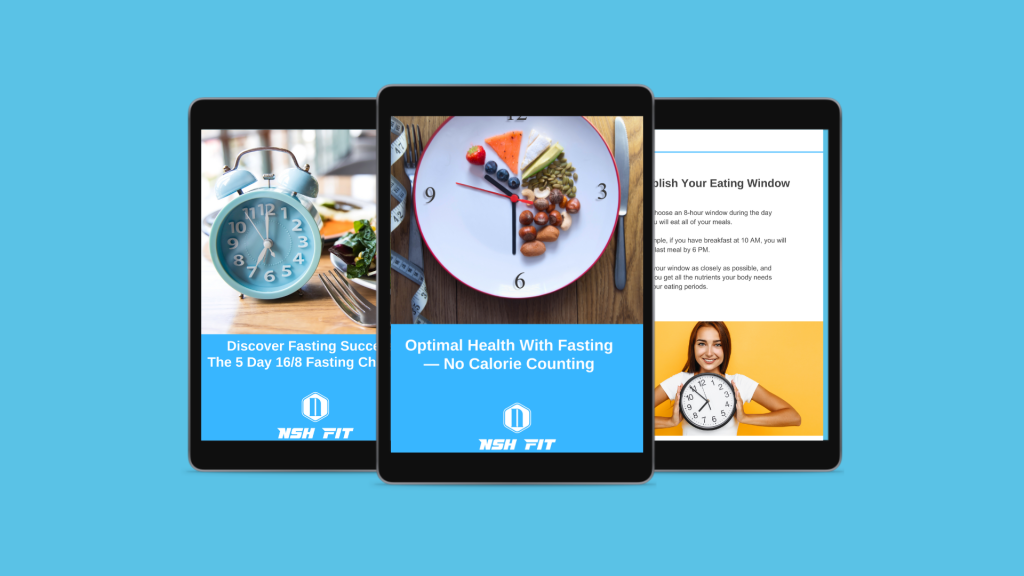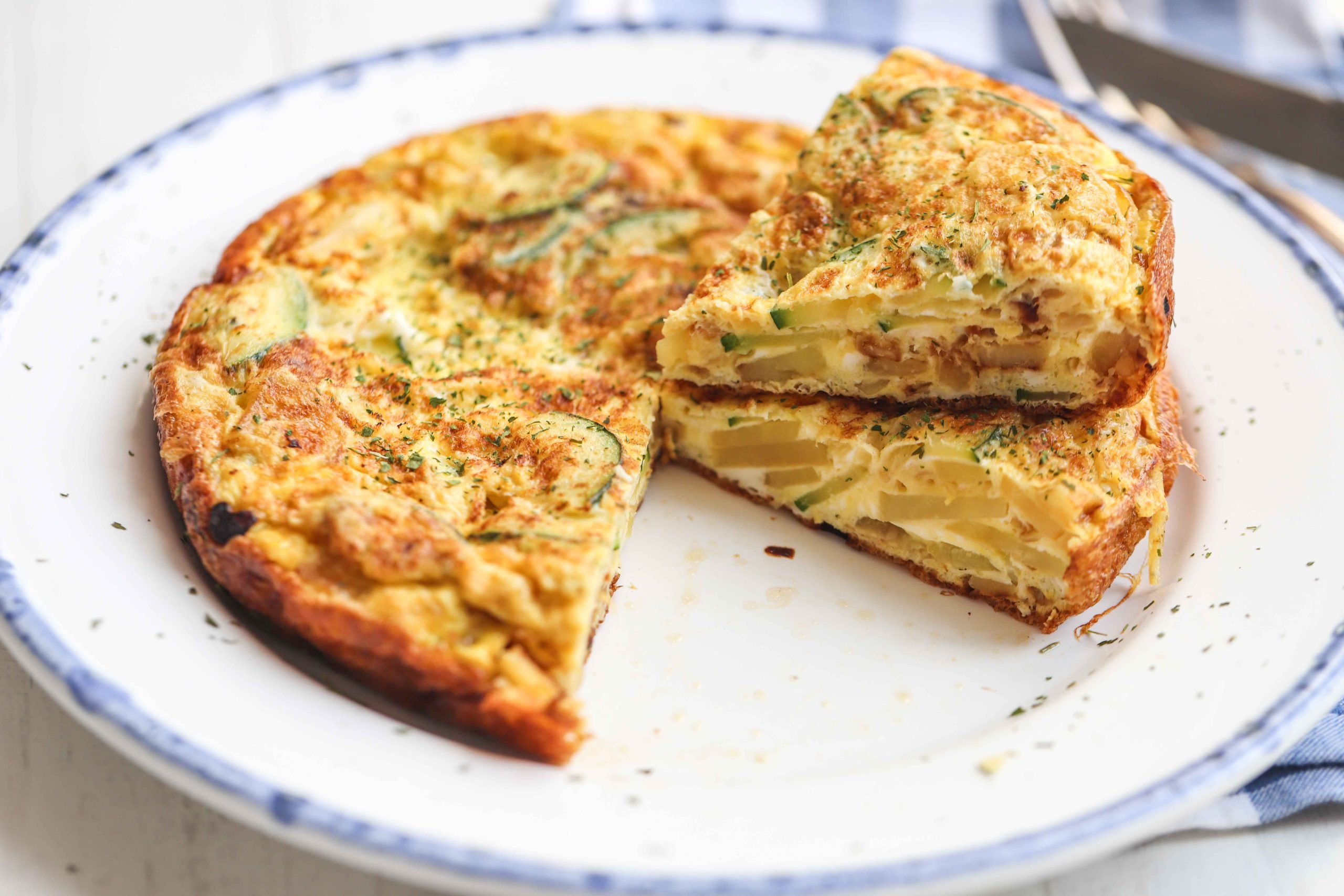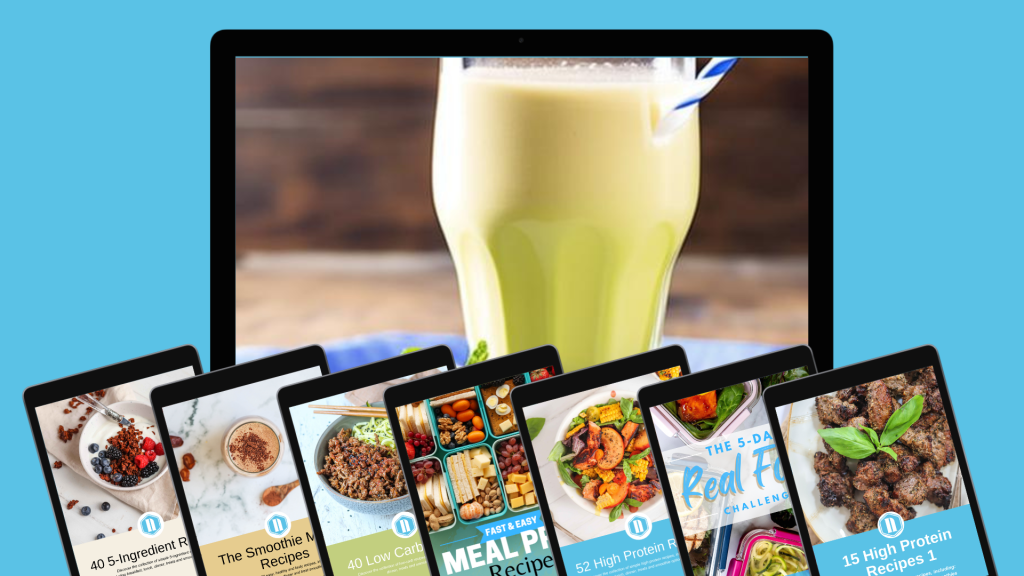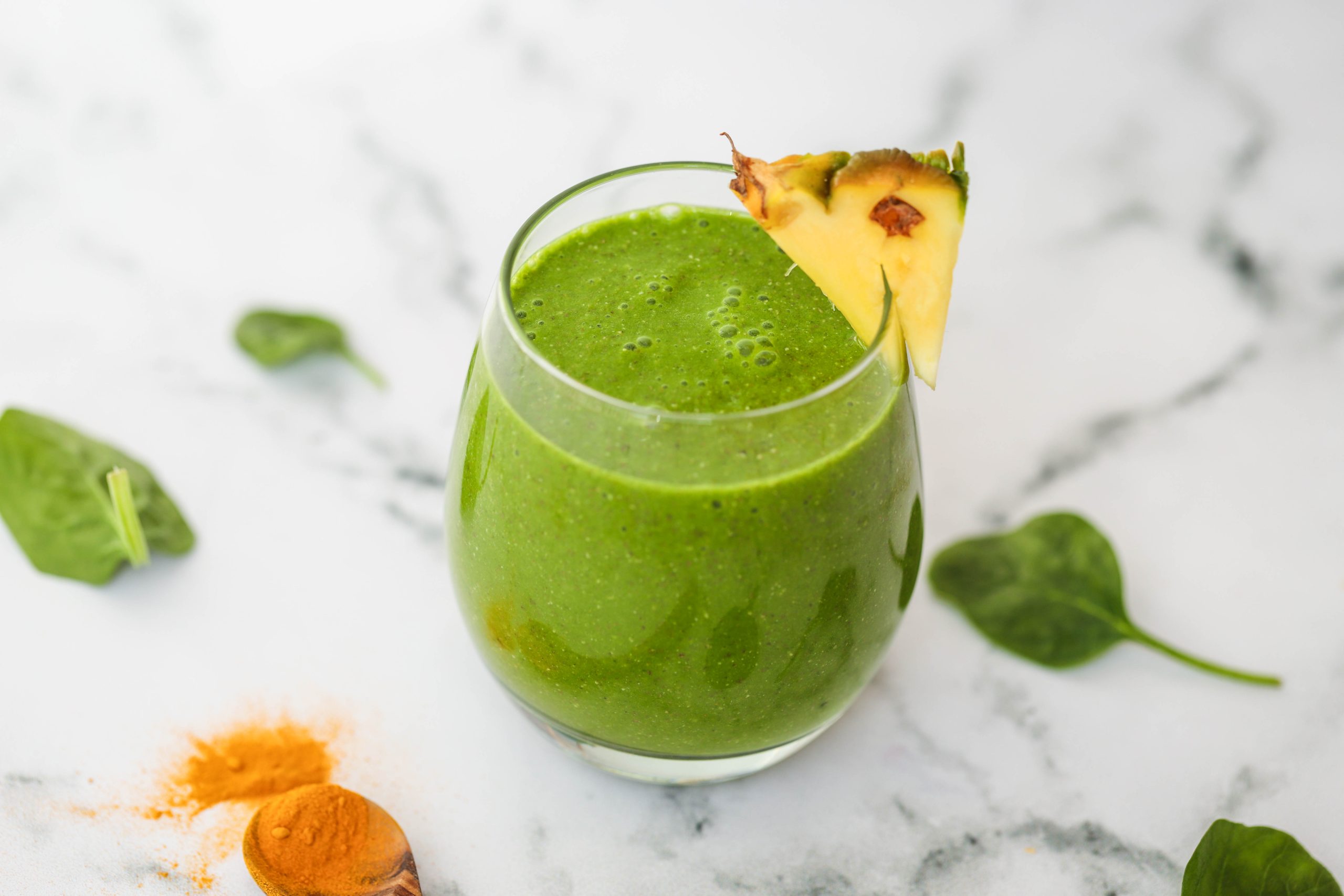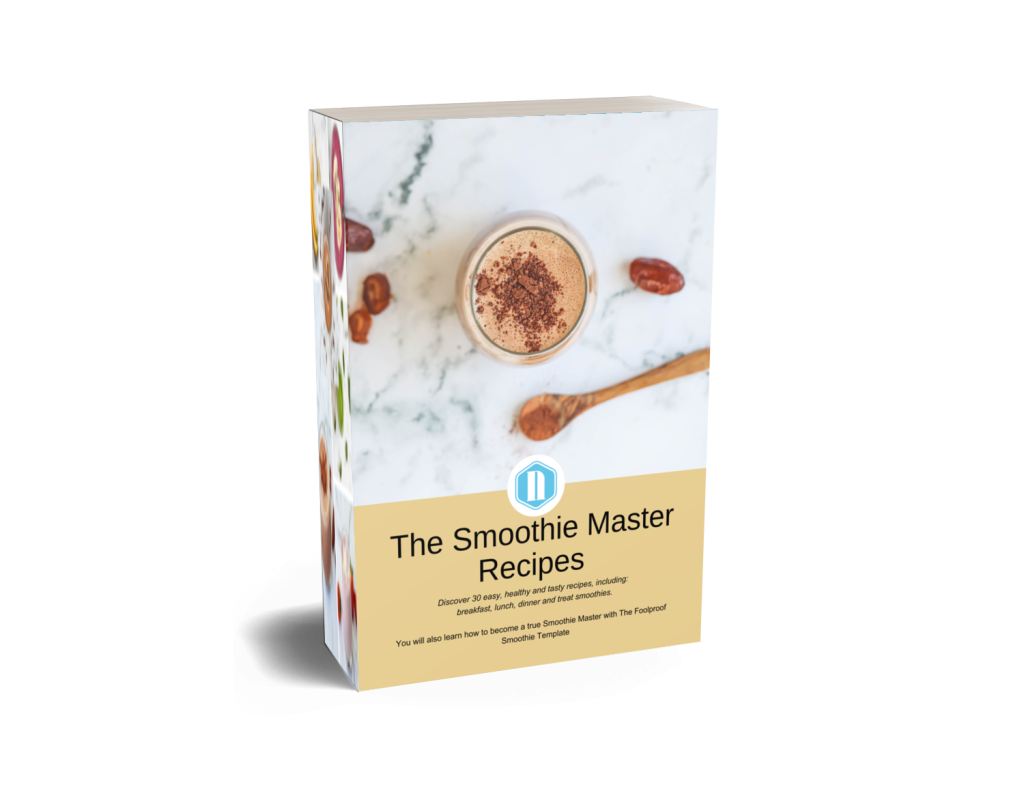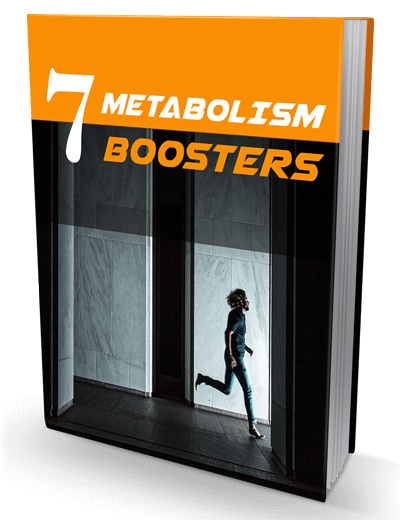What happens when you skip a workout or two? Ever wonder what happens?
I have a good news-bad news answer for you …
First of all, missing a couple of scheduled workouts isn’t a huge deal… at least not physically.
The problem is that it can get you into a cycle that can turn INTO a very big deal.
(And I’m not talking about planned rest days here – those are an important part of the process.)
I’m talking about the workouts you miss because your schedule gets crazy or you just aren’t in the mood.
When you miss THOSE workouts, it gets easier and easier to skip future workouts, until you fall off the bandwagon altogether.
What happens when you skip a workout:
- Within the first week, you lose endurance, and your heart rate may be higher when you’re active. You might find yourself huffing and puffing when you do your next cardio workout, and it’ll take a few workouts to get your cardio fitness back.
- Within the first couple weeks, you start to lose strength and your muscles start to shrink in size, which can lead to weight gain.
- During the next few months, you can lose even MORE cardio endurance and strength — and you will notice your energy level dropping, too, which can lead to being even less active.
- Over the long run, this can set you up for all the ailments and diseases that are linked with low activity levels including heart disease, type 2 diabetes, several types of cancer, and obesity.
- Plus it can affect your mood, your sleep, your mobility, and so much more!
So, what do you do instead of skipping workouts?
1) If you legit can’t squeeze in your workout because something important came up, do some intentional movement anyway.
Go for a walk, crank out some squats and push-ups, have a dance party in the kitchen, flow through some sun salutations… basically get in some intentional movement, even if it’s just for 5-10 minutes.
2) If you don’t feel well, listen to your body and take the rest you need.
3) But on days you don’t “feel like it” — keep the promises you make to yourself. These are the days you probably need it the most. Just show up and go for a few minutes.
Move yourself to get motivated — because the motivation doesn’t always show up first.
This will reinforce your commitment to yourself and your goals, and it’ll help you build more self-confidence and bulletproof habits.
It’ll also protect you from that awful feeling that you’re back to square one when you start working out again.
What happens when you skip a workout? – now you know.

– but feel you need motivation, inspiration and know-how – but you think perhaps a personal trainer and a dietitian will be too expensive?
Then our NSH FIT membership can help you!
As a member of NSH FIT, you get access to
- Numerous Fitness Challenges with exercise programs
- Mini courses that cover everything you need to know regarding diet, exercise, mindset and lifestyle
- Exercise Library explaining 1,000s of exercises and stretches
- A Recipe Vault with over 350 healthy, protein-rich and low-carb recipes,
- Workout programs with explanatory videos – suitable for both beginners and pros!
- A number of lifestyle courses such as Master Your Stress, Sleep Mastery Class, Ultimate Fat Loss Program, The Habit Blueprint and our popular lifestyle and nutrition course that teaches you everything to succeed in lasting weight loss.
- .. and – the best part: Monthly updates!
Click on the link below to see more – and – to be inspired and motivated!
Reference:
Lack of Physical Activity (cdc.gov)
